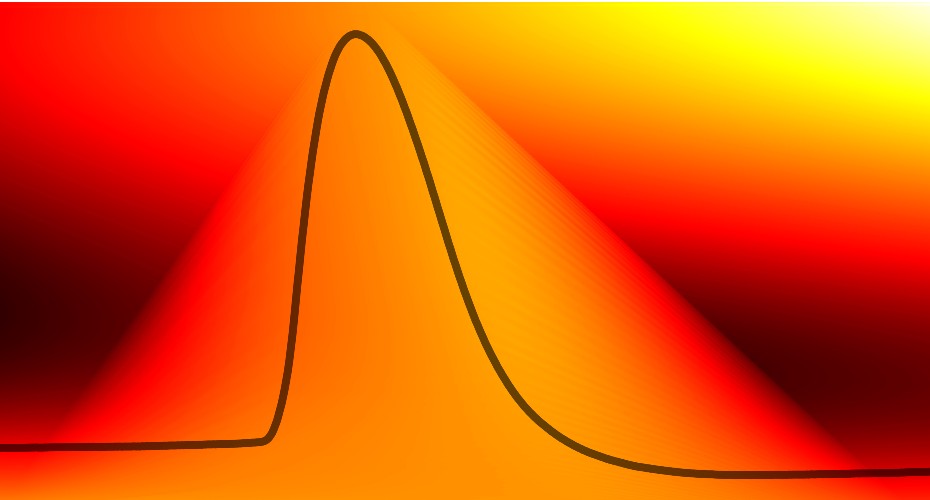Neurophysiology
Neurophysiology
The Neurophysiology team employ a widerange of cutting-edge technologies, to explore the impact of disorders of the nervous system on individual and networks of neurons and glia. We use in vitro and in vivo single cell electrophysiology, 2-photon imaging, optogenetics, and behavioural testing to examine neuronal dysfunction in a variety of rodent models of neuropsychiatric disease. We also use computational models and hybrid, closed-loop feedback systems, to ask how ion channels and network connectivity shape the electrical activity of single cells and networks.
Areas of research:
-
Preclinical dementia neurophysiology: We are studying the impact of dementia related pathologies such as tau and Aβ disrupt neuronal circuit function. We are particularly interested in how neural coding of spatial information and memories are affected in mouse models of dementia pathology and the contributions made by specific cell subtypes to circuit dysfunction in dementia models.
-
Neuropharmacology: In collaboration with leading pharmaceutical and biotech companies, we are working to establish the neural mechanisms of actions of clinically relevant drugs.
-
Circuit connectivity: We are using optogenetic and neuroanatomical circuit mapping techniques to understand how dementia-linked pathologies disrupt synaptic communication throughout the brain’s memory centres. We are also developing a closed-loop system combining optogenetic stimulation, imaging of neuronal activity, and mathematical modelling of synaptic connections, to manipulate connectivity in neuronal networks. This system will enable testing theories on how connectivity constrains the activity patterns of networks.
-
Neuroimmune interactions: We are working to understand mechanisms of communication between neurons and glia cells and how these signalling pathways can be leveraged using pharmacology or brain stimulation for dementia treatment.
-
Single-cell electrophysiology: We use the dynamic clamp technique to determine the role of leak channels in setting the electrical excitability of hormone-releasing cells. This is the first step in determining how hormone release is regulated by messages from the brain.
- Neuroendocrine oscillations: We are investigating how hypothalamic circuits and pituitary cell networks regulate oscillations in stress hormone secretion, and how in turn these hormone oscillations feedback to regulate the activity of stress-sensitive neuroendocrine systems. To do this, we are using a combination of ex vivo and in vivo calcium imaging, hormone assay, and mathematical modelling.
- Pain neurophysiology: We use human surrogate pain models and neurophysiological measures of central nociceptive activity to derive biomarkers of treatment outcome for new or existing pain therapies. Using this approach, we are currently aiming to understand how novel therapies (e.g. brain stimulation and virtual reality) can be personalised to the correct patients based on dysfunction in pain-generating circuits in the brain, brainstem and spinal cord.
Neurophysiology - who we are
| Name | Role |
|---|---|
| Prof Jon Brown | Associate Professor in Neurophsyiology |
| Prof Wendy Noble | Professor of Molecular Biology |
| Dr Joel Tabak | Senior Lecturer |
| Dr Sam Hughes | Senior Lecturer in Pain Neuroscience |
| Dr Jamie Walker | Lecturer in Mathematics |
| Dr Jon Witton | Lecturer in Neuroscience |
| Dr Yanfeng Zhang | Lecturer in Neuroscience |
| Dr Tom Ridler | Associate Lecturer |
| Meg Elley | PhD Student |
| Maria Garcia | PhD Student |
| Brinda Gurung | PhD Student |
| Soraya Meftah | PhD Student |
| Judith Piegsa | PhD Student |
| Mille Sander | PhD Student |
| Callum Walsh | PhD Student |

